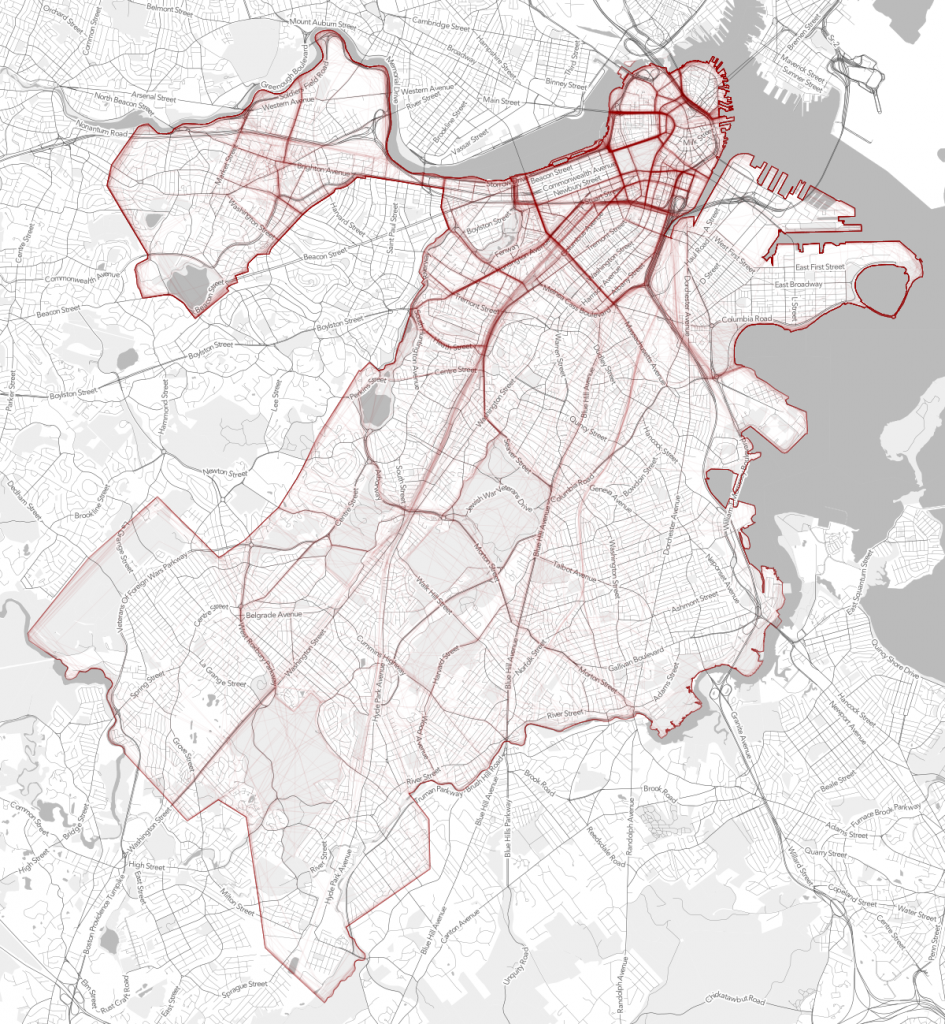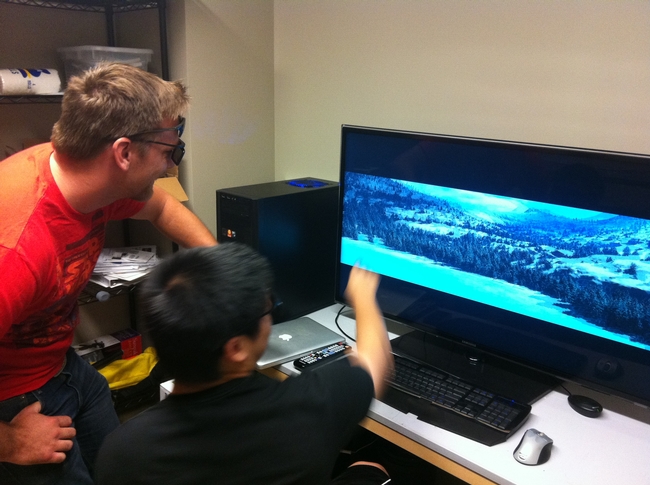Crowdsourced neighborhood boundaries
 Friday, July 20, 2012 at 10:40AM
Friday, July 20, 2012 at 10:40AM Andy Woodruff and Tim Wallace from Bostonography discuss the first preliminary results of an experiment they set up with an interactive webGIS tool that allows people to draw polygons where they think each of Boston’s neighborhoods are located. About 300 maps of neighborhoods have been submitted so far and with the compiled data there are many areas of agreement and disagreement on where neighborhood boundaries may lay. Bostonography created maps showing a gradient of agreement for each neighborhood's boundary. This exercise is reminiscent to the work of Kevin Lynch and is an interesting experiment in trying to see if there is a consensus on where people think neighborhood boundaries are as opposed to how they are defined officially by the city. For the full blog post and maps on Bostonography click here. For an article in the Atlantic Cities that discusses the maps click here.
 Strength or density of polygon line placement of crowdsourced neighborhood boundaries
Strength or density of polygon line placement of crowdsourced neighborhood boundaries
 sam | in
sam | in  urban,
urban,  volunteer computing,
volunteer computing,  webgis |
webgis | 


